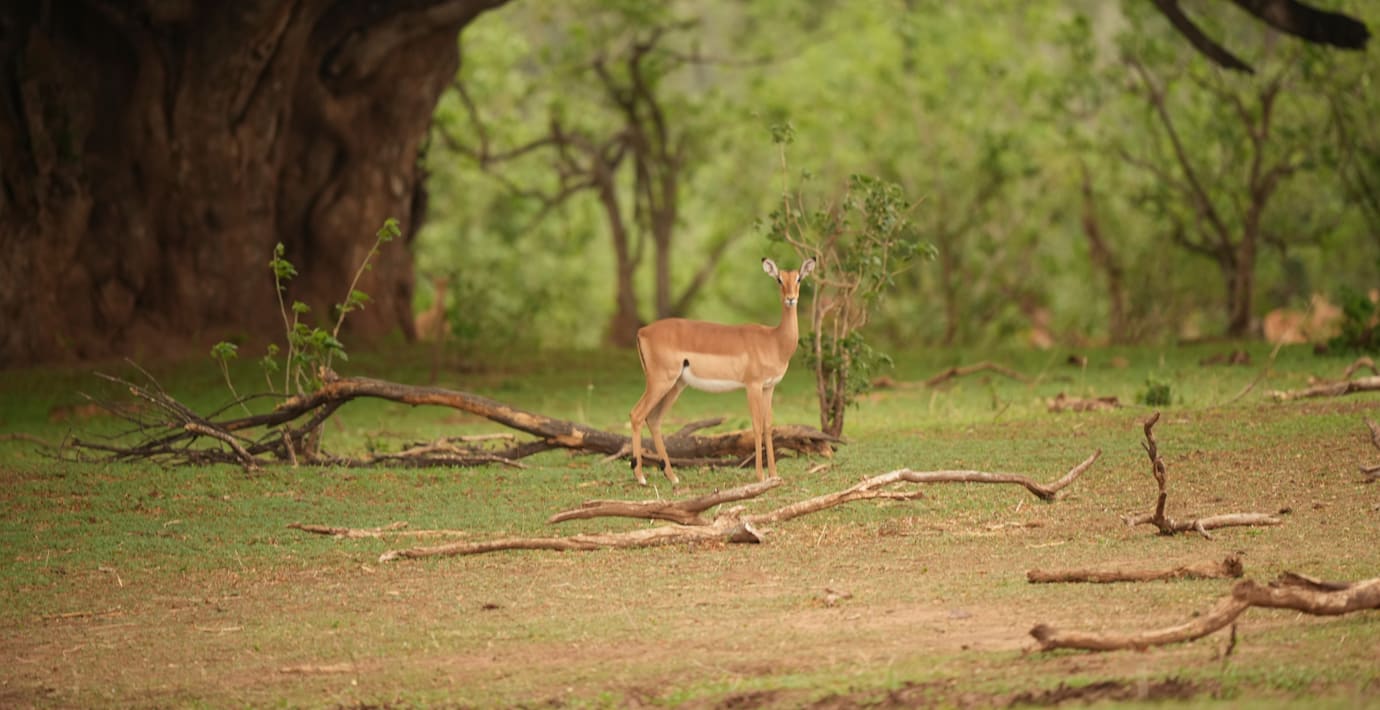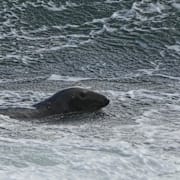bakgrund
Great Nile Migration Landscape
Wikipedia (en)
Great Nile Migration Landscape (GNML) is the largest land mammal migration in the world. It features seasonal movement of millions of antelope, such as white-eared kob (5,000,000), Mongalla gazelle (350,000), tiang (300,000), and Bohor reedbuck (160,000), in search of water.
Once thought to be lost because of years of conflict, aerial views from helicopters and airplanes have made the migration visible in an area where virtually no roads exist. The vacant areas border tribes of indigenous people. The terrain is made up of savanna and woodland floodplain under threat from agricultural production as well as oil, gas and mining developers. The known range of the migration cover 122,774 square kilometres (47,403 sq mi). It stretches from Bandingilo National Park and Boma National Park in South Sudan into Gambella National Park in Ethiopia.
The migration happens from January to June. Then the pattern is reversed from November to January. In numbers and spatial extent, the Great Nile Migration surpasses that of the Serengeti's wildebeest (2,000,000)) by more than double. In 2021, it was estimated the migration included 1 million kob and 200,000 tiang. A 2023 survey found it may be the largest migration, including 5 million white-eared kob, 350,000 Mongalla gazelle, 300,000 tiang, and 160,000 bohor reedbuck.
In 2022, the Republic of South Sudan and African Parks signed a 10-year agreement to manage the two national parks and the GNML. With headquarters at the University of Wyoming, international research is underway to document the migration of the 5,000,000 to 7,000,000 animals.




